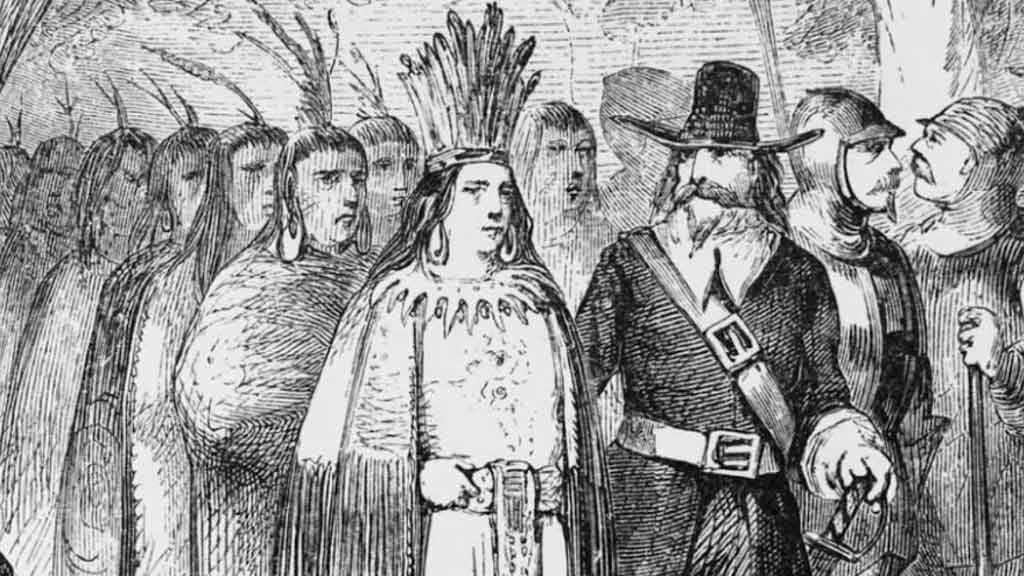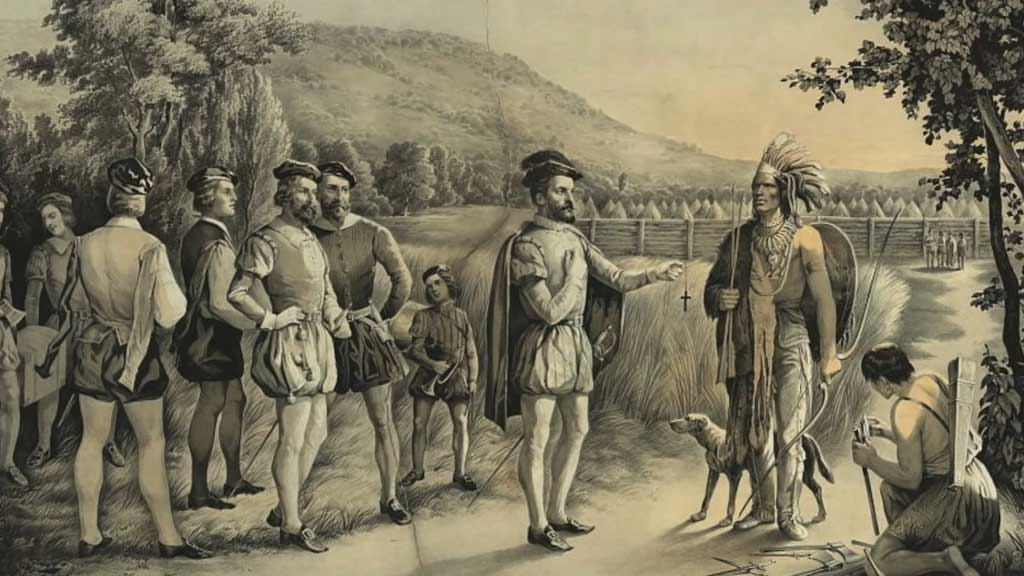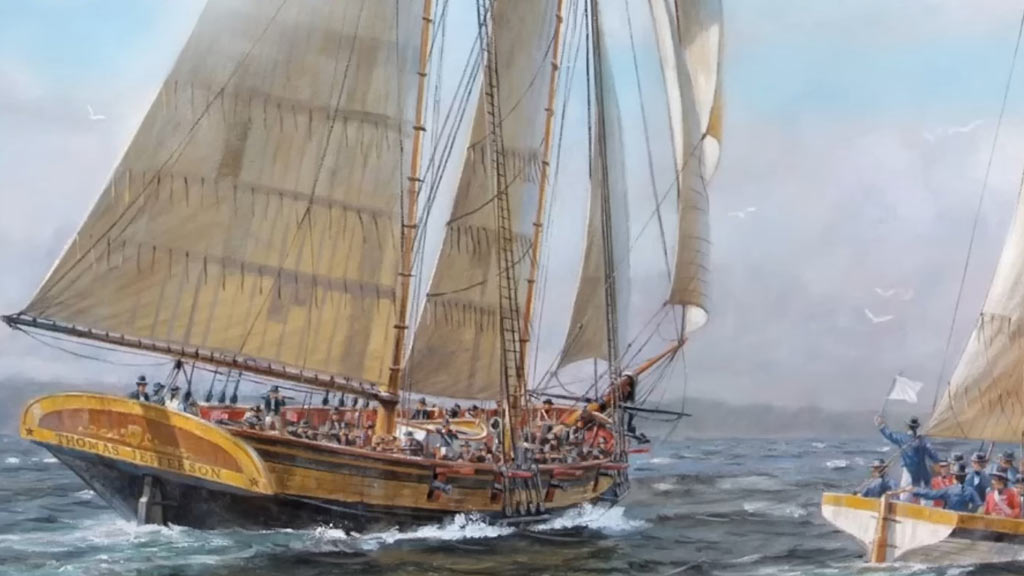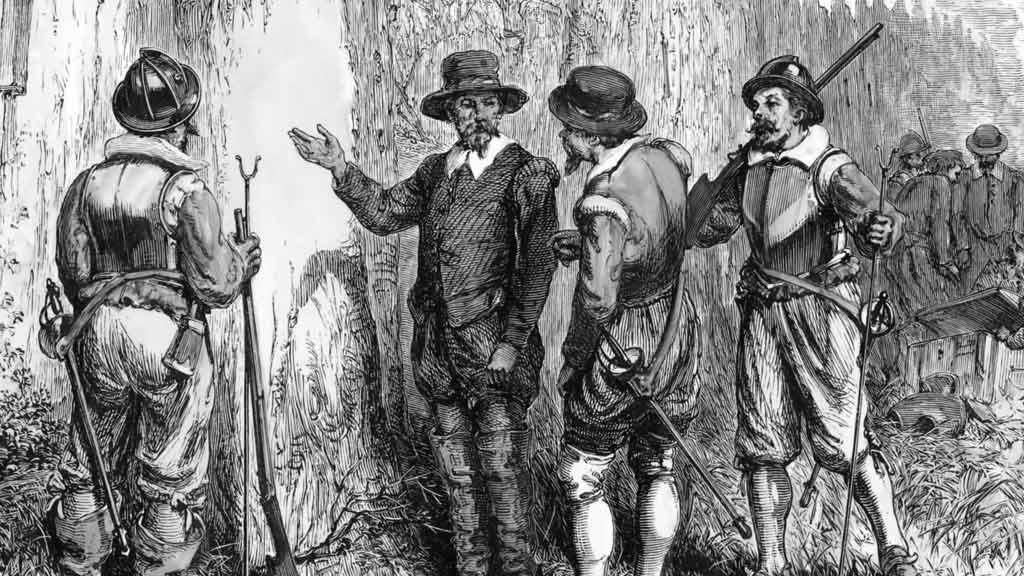Barnstable County, Massachusetts, where history whispers through every cobblestone street and rustling tree. Nestled on the scenic shores of Cape Cod, this region boasts a legacy as profound as the ocean’s depths and as resilient as its shores.
From its humble beginnings in the 17th century to its evolution into a vibrant hub of culture and commerce, the history of Barnstable County, Massachusetts, is a testament to the enduring spirit of its inhabitants.
Join us on a voyage through time, where tales of indigenous peoples interweave with those of pioneering settlers.
Traverse the landscapes where colonial ambitions collided with Native American traditions, shaping the foundation of a community marked by perseverance and adaptation.
Explore the landmarks that witness centuries of growth and change, from the storied streets of Barnstable Village to the serene beauty of Sandy Neck Beach. Let’s unravel the intricate threads of Barnstable County’s past.
Exploring the History of Barnstable County, Massachusetts
Barnstable County, nestled on the southeastern tip of Cape Cod, Massachusetts, boasts a rich history dating back millennia.
The country’s story is woven with tales of survival, resilience, and adaptation from its indigenous roots to its bustling present. Let’s journey through time, exploring the key chapters that have shaped this unique region.
Pre-Colonial Era of the Wampanoag Legacy

Long before European arrival, the Wampanoag people thrived in Barnstable County. They called it “Patuxet,” meaning “at the little bay,” and lived in harmony with the land for over 10,000 years.
Skilled fishermen, hunters, and farmers developed a complex social structure and rich cultural traditions that remain woven into the region’s fabric today. Sites like Plimoth Plantation offer glimpses into their way of life, reminding us of the first inhabitants who called this land home.
17th Century Marking the Arrival of Europeans and Early Settlements

European explorers first landed in Barnstable County in the early 1600s. Bartholomew Gosnold’s 1602 expedition and the Mayflower’s arrival in 1620 in Plymouth marked the beginning of significant interaction with the Wampanoag.
Early settlements like Barnstable, Yarmouth, and Sandwich quickly established themselves, relying heavily on fishing, farming, and trade with the Wampanoag. This period was marked by both cooperation and conflict as tensions arose over land ownership and cultural differences.
18th-19th Centuries of Maritime Prowess and Economic Boom

Barnstable County became a maritime powerhouse in the 18th and 19th centuries. Shipbuilding boomed, and the fishing industry thrived, fueled by resources like cod and whales.
Skilled sailors and captains from the county ventured across the globe, establishing trade routes and contributing significantly to the American economy. Towns like Falmouth and New Bedford became bustling hubs, filled with shipyards, whaling wharves, and a vibrant maritime culture.
This period also saw the rise of cranberry cultivation, a crop ideally suited to the region’s soil and climate, which continues to be a significant economic driver today.
Civil War Changing Tides and Social Evolution

The Civil War deeply affected Barnstable County, with many residents joining the Union forces. While the county saw no major battles, the war contributed to social change, sparking conversations about abolitionism and women’s rights.
The post-war era saw continued population growth and economic diversification. Tourism emerged as a significant industry, capitalizing on the region’s natural beauty and historical charm. Summer colonies sprang up, attracting visitors from all over the country.
20th and 21st Centuries for Facing Modern Challenges and Embracing the Future
The 20th and 21st centuries brought new challenges and opportunities to Barnstable County. Environmental concerns related to coastal development and the decline of certain fish stocks demanded innovative solutions.
Economic diversification continued, with healthcare, technology, and education playing increasingly important roles. However, the county also faced struggles, including rising housing costs, income inequality, and the need to balance tourism with preserving the unique character of its communities.
Themes and Legacies: A Tapestry Woven Through Time

As we reflect on Barnstable County’s history, several key themes emerge. The enduring spirit of its people, adapting to changing times and overcoming challenges, stands out.
Another defining characteristic is the deep connection to the land and sea, evident in its maritime heritage and ongoing environmental concerns.
Finally, the resilience and adaptability of its communities, from indigenous Wampanoag tribes to modern-day residents, continue to shape the county’s character.
What Is the Barnstable County, Massachusetts, Known for in the History?
From its earliest indigenous inhabitants to its role in shaping colonial America and beyond, the Barnstable County has left an indelible mark on the landscape of American history. Here are some key highlights of what Barnstable County is known for in history:
Indigenous Peoples

Before the arrival of European settlers, the land that would become Barnstable County was inhabited by various indigenous tribes, including the Wampanoag, Nauset, and Mashpee.
These tribes lived off the land, fishing in the abundant waters of Cape Cod Bay and cultivating crops in the fertile soil.
Colonial Settlement

In the early 17th century, European settlers established permanent settlements there. Barnstable, founded in 1639, was one of the first towns on Cape Cod and quickly became an important center of trade and commerce.
Other towns, such as Sandwich, Yarmouth, and Falmouth, soon followed, each contributing to the growth and development of the region.
Maritime Heritage
Barnstable County has a long and storied maritime heritage. From the whaling ships of the 18th and 19th centuries to the fishing fleets that still ply the waters today, the sea has always played a central role in the country’s economy and culture.
The town of Provincetown, located at the tip of Cape Cod, was a wacountry’sling seaport and artist colony in the 19th century, attracting writers, painters, and other creative minds.
Revolutionary War

During the Revolutionary War, Barnstable County played a significant role in the fight for American independence. The town of Barnstable was a hotbed of revolutionary activity, with local militias forming to defend against British incursions.
The county also produced several notable figures of the Revolutionary period, including James Otis Jr., a prominent lawyer and early advocate for colonial rights.
Pilgrim Landfall

Barnstable County is among the earliest contact points between European settlers and Native Americans in the New World.
The Pilgrims aboard the Mayflower first sighted land in Provincetown Harbor in November 1620 before eventually settling in Plymouth. This monumental event marked the beginning of European colonization in what would become the United States.
Abolitionism and the Underground Railroad
Barnstable County was also active in the abolitionist movement of the 19th century.
Many residents were outspoken opponents of slavery, and the county was a stop on the Underground Railroad, a network of secret routes and safe houses used to help enslaved people escape to freedom in the North.
Cultural and Intellectual Hub
Barnstable County has been a center of culture and intellectualism throughout its history.
The town of Barnstable, in particular, was home to several prominent writers and artists, including the poet Phoebe Atwood Taylor and the painter Charles Webster Hawthorne. The area’s natural beauty and tranquil landscapes have long inspired creative minds and drawn visitors from afar.
Tourism and Recreation
In the 20th century, Barnstable County became a popular tourist destination known for its picturesque beaches, charming villages, and vibrant cultural scene. Today, millions of visitors flock to the region each year to enjoy its natural beauty and rich history.
From whale watching off Provincetown’s coast to exploring Chatham’s quaint shops and galleries, there is no shortage of things to see and do in Barnstable County.
Preservation and Conservation
In recent decades, Barnstable County has made significant efforts to preserve and protect its natural and cultural heritage.
The Cape Cod National Seashore, established in 1961, encompasses more than 40 miles of pristine coastline and is managed by the National Park Service.
Additionally, numerous historical societies and preservation organizations work tirelessly to safeguard the county’s historic buildings, landmarks, and landscapes for future generations.
FAQs
When was Barnstable County, Massachusetts, founded?
Barnstable County was founded on June 2, 1685, when it was established as one of the original counties of the Plymouth Colony.
What are some famous landmarks in Barnstable County?
Some famous landmarks in Barnstable County include the Cape Cod National Seashore, Pilgrim Monument in Provincetown, the John F. Kennedy Hyannis Museum, and the Edward Gorey House in Yarmouth Port.
What is the population of Barnstable County?
As of the latest available data, the estimated population of Barnstable County is around 215,000 people. However, checking for the most up-to-date figures is essential, as populations can change over time.
What is the economy of Barnstable County based on?
The economy of Barnstable County is diverse, with key sectors including tourism, healthcare, education, and marine industries. Tourism, in particular, plays a significant role due to the county’s scenic coastline, historic attractions, and cultural events.
Is Barnstable County prone to natural disasters?
Barnstable County is located along the coast and is susceptible to natural disasters such as hurricanes, coastal storms, and flooding. The Cape Cod region has emergency preparedness measures in place to mitigate risks and ensure the safety of residents and visitors during such events.
Conclusion
The history of Barnstable County, Massachusetts, stands as a testament to its people’s resilience, ingenuity, and diversity.
From its earliest inhabitants to the present day, this region has been shaped by a rich tapestry of cultures, traditions, and experiences.
As we reflect on the trials and triumphs of the past, we are reminded of the enduring spirit that continues to define Barnstable County today.
Through periods of prosperity and adversity, the community has remained steadfast in its commitment to progress and inclusivity.
As we look towards the future, let us draw inspiration from the lessons of history and strive to build upon the foundations laid by those who came before us.
Together, we can ensure that the legacy of Barnstable County endures for generations to come, serving as a beacon of hope, unity, and resilience for all who call this cherished region home.
Jaclyn Lowe